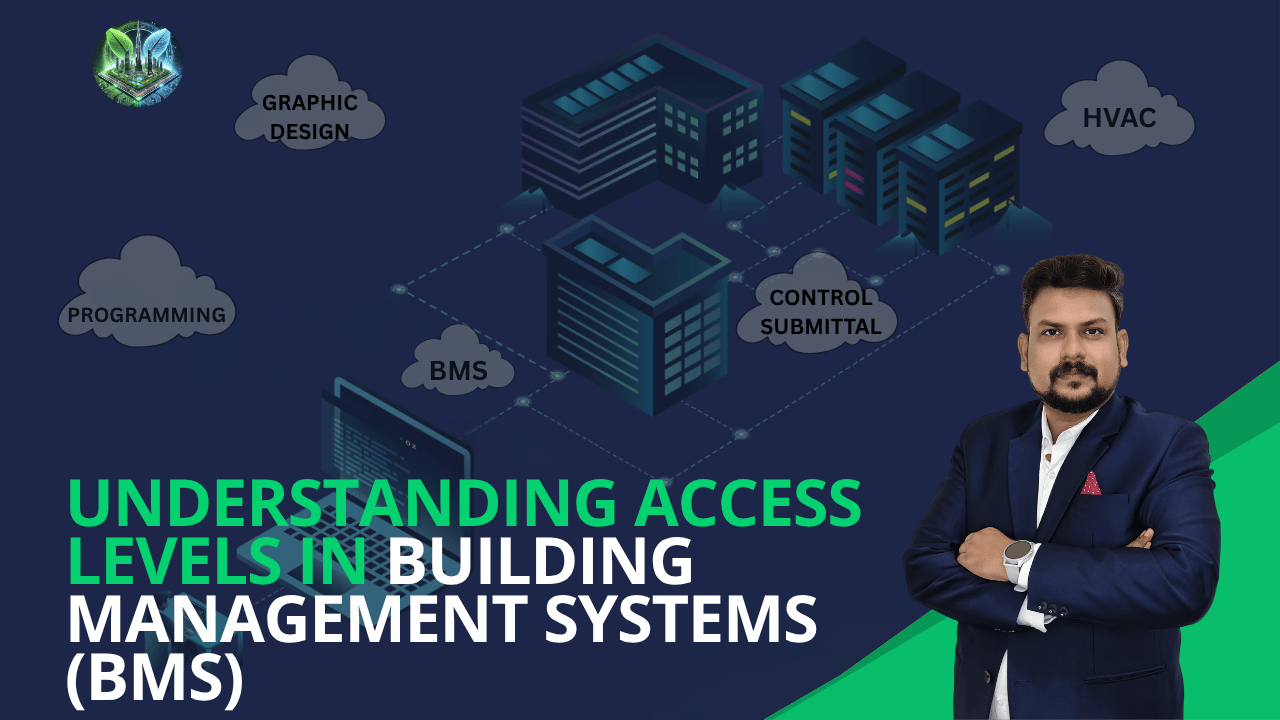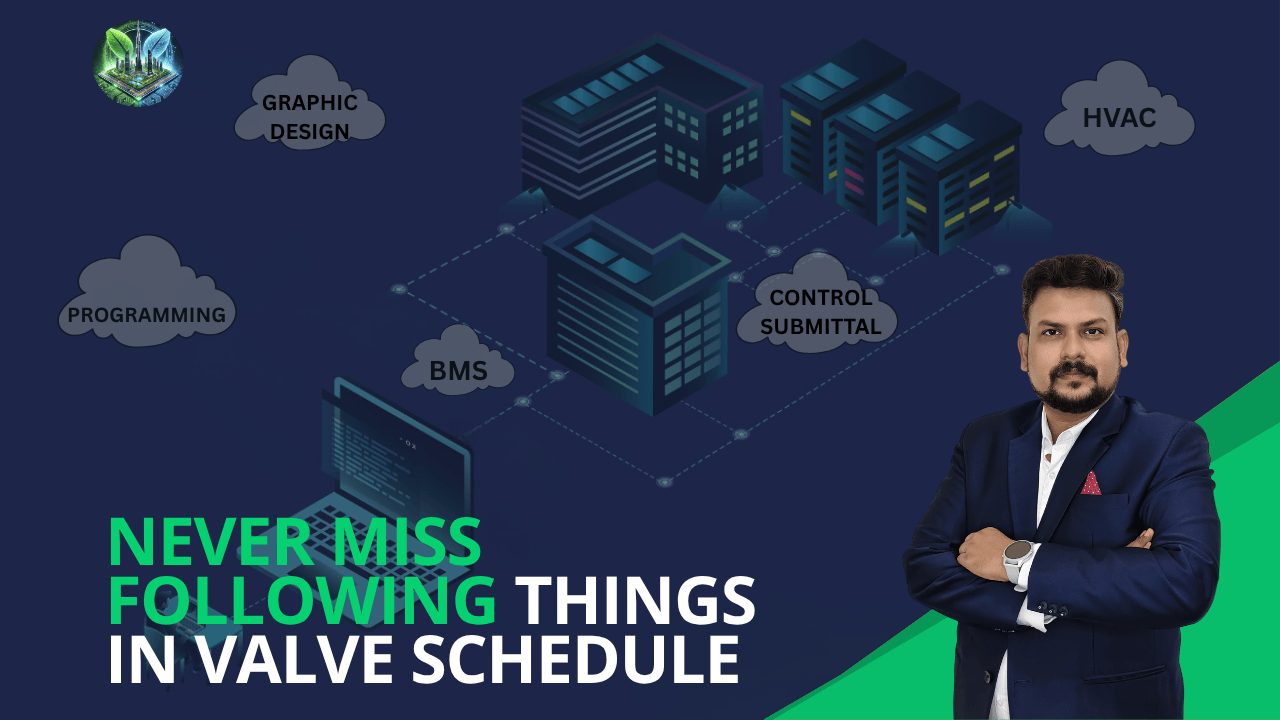
Understanding Access Levels in Building Management Systems (BMS)
✅ A well-structured BMS must support at least six distinct access levels, either individually or in combination, to ensure security, functionality, and accountability.
Here’s a breakdown of the 6 Levels of Access in BMS:
1️⃣ Level 1 – View Data
📊 Basic access to view trends, alarms, and equipment status.
2️⃣ Level 2 – Command
🖱️ Ability to send manual commands like turning ON/OFF fans or pumps.
3️⃣ Level 3 – Operator Overrides
🔧 Temporary changes to control parameters for testing or service.
4️⃣ Level 4 – Database Modification
📝 Edit schedules, setpoints, and alarm thresholds.
5️⃣ Level 5 – Database Configuration
⚙️ Modify control logic, point configurations, or system structure.
6️⃣ Level 6 – Full Admin Access
🔐 Add/modify passwords, user roles, and all above privileges.
🔍 Why this matters?
Proper access control prevents accidental changes, maintains system integrity, and supports compliance and security protocols.
💡 Always ensure that users are granted only the minimum required level to perform their roles effectively.

.jpg)
.jpg)


.jpg)


.jpg)
.jpg)
.jpg)
.jpg)
.jpg)
.jpg)
.jpg)
.jpg)
.jpg)
.jpg)
.jpg)
.jpg)
.jpg)
.jpg)
.jpg)
.jpg)
.jpg)
.jpg)
.jpg)
.jpg)
.jpg)
.jpg)

.jpg)
.jpg)
.jpg)
.jpg)

.jpg)
.jpg)
.png)
.png)

.png)

.png)
.png)
.png)
.png)
.png)
.png)
.png)
.png)
.png)
.png)
.png)
.png)
.png)
.png)
.png)
.png)
.png)
.png)
.png)
.png)
.png)
.jpg)
.png)
